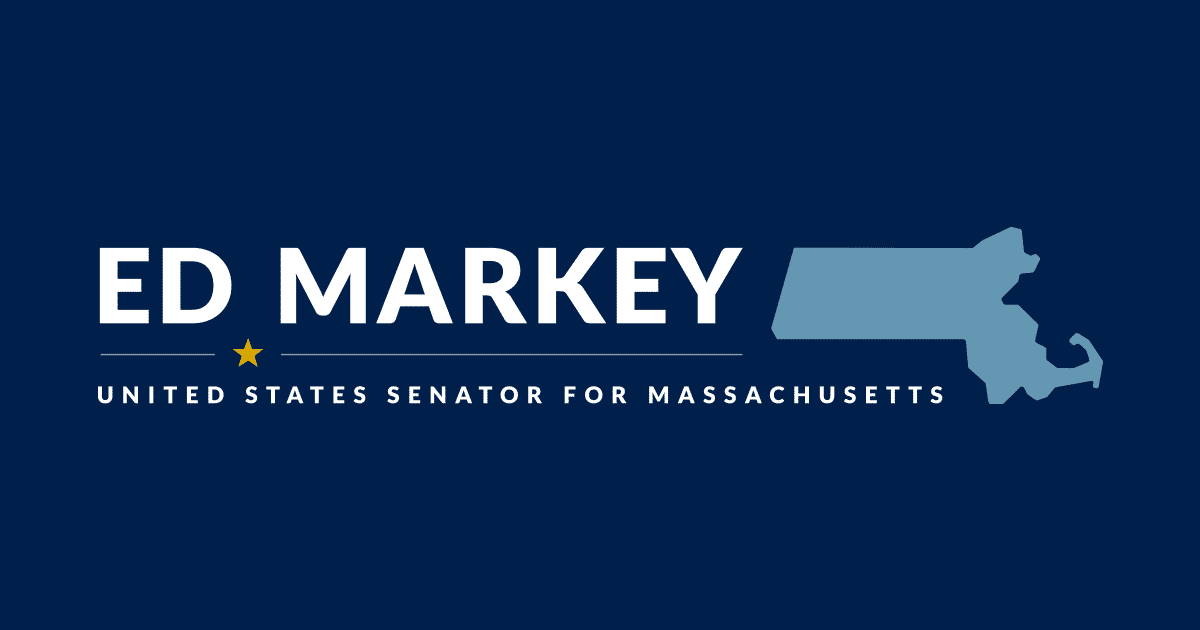[ad_1]
In October, a mental health program shared alarming survey results: Nearly half of the respondents — all of whom were men aged 18 or older — scored above the threshold for probable major depression.
The study, conducted by HeadsUpGuys, a program from the University of British Columbia and Community Savings Credit Union, sought input from men living and working in Canada, but researchers have been following the trend elsewhere in the past decade.
Anne Case and Angus Deaton, economists at Princeton, published a paper in 2015 on a marked increase in the mortality rate of one group — middle-aged, non-Hispanic White men — largely due to “deaths of despair,” namely drug and alcohol overdoses, suicide, and chronic liver diseases and cirrhosis.
How did the crisis get so bad?
“I think that we have been, for good reason, very focused on groups that have historically had less privilege than men,” Laura Putnam, CEO and founder of wellness consulting group Motion Infusion and author of “Workplace Wellness that Works,” told HR Dive. While the pivot to focus on historically underresourced individuals is laudable, men’s issues may be getting dismissed or swept under the rug in the process.
In addition, men are far less likely to seek help, largely due to traditional ideas of masculinity. So while men may often have the resources to access mental health support, cultural factors likely account for resistance to doing so. The phenomenon is well-known enough to have sparked a series of memes about what men will do rather than go to therapy.
As employers have learned to embrace employees’ “whole selves” and have found ways to address mental health at work, they may need to take a different approach to reach men who are struggling, Putnam said.
Go beyond the standard resources
Many times, Putnam pointed out, employers see their role as simply offering resources and communicating what those are: insurance-sponsored therapy, counseling through employee assistance programs and access to apps like Calm or Headspace among them. But often, especially for workers who feel a strong stigma about using such resources, this isn’t enough.
Putnam pointed to three separate suicides that occurred in under one week on a single naval ship in September 2019. “This came on the heels of the military, particularly the Navy, having invested heavily in mental health and suicide prevention,” Putnam said. But the investments were in “that old-school model” of identifying mental health as a personal issue and offering the resources workers might use to address it. Tragically, the U.S. Navy experienced a similar event this past April.
“We need to be taking more of a look at the culture of the workplace itself,” Putnam said. While the military is certainly a unique type of workplace, Putnam has worked with several male-dominated industries, including oil and gas, in which she said the culture could be described as “macho.”
Employees’ personal lives aren’t always responsible for their declining mental health; the workplace can lead to a serious deterioration in wellness. Putnam noted a Gallup study that attributed burnout to a number of workplace factors, including unfair treatment, unmanageable workloads, a lack of role clarity, lack of communication and support from managers and unreasonable time pressure. It’s not just about employees “not doing enough deep breathing or not practicing mindfulness,” Putnam said.
Putnam suggested employers do a cultural audit of sorts, asking the difficult questions and gathering feedback. The Gallup survey provides a good start, Putnam said: “Do we have issues like unfair treatment at work? Do we have unmanageable workloads? Is there a lack of role clarity? Is there a lack of communication and support from managers? Are there unreasonable time pressures here in our workplace?”
Top leaders need to be fully bought in on the project, as they’re the ones who can issue policies that can get at the root causes, Putnam said. For example, if pay gaps contribute to a sense of unfairness, leaders can do a pay equity audit and let employees know the issue is being addressed.
Empower managers to prioritize employee well-being
Managers play a unique role in setting the tone for employees and either persuading them or dissuading them from caring for their mental health. “Managers need to first be awakened to the role that they play, and then [they need] to be given the resources through meaningful training,” Putnam said. The training can be largely social-emotional: How do managers start to engage in these conversations around well-being?
“It’s not about being a therapist, but yes, it is about being an architect of a culture … which people experience when they’re at work,” Putnam said. “Every manager has the capacity to be able to carve out an oasis of well-being, a safe harbor, within their team … so that their team members are healthier, happier, more able to meaningfully address mental health when they’re at work.”
In working with one industry association, Putnam suggested leaders and managers do one simple thing — have a weekly check-in with each of their direct reports, and ask two questions: What are you working on? How can I help? Months later, Putnam heard from one of the managers at the event. “You cannot believe the difference that I have seen in terms of the level of trust that we now have,” he told her, noting that his direct reports had begun adopting the same kinds of conversations with their direct reports.
There’s definitely a trickle-down effect of cultural positivity, Putnam said, with “managers looking to senior leaders to … give them permission” to loosen the reins, have more vulnerable conversations and prioritize well-being.
‘Go stealth’ to engage men
One strategy employers can use to combat the stigma of vulnerability is to “go stealth” in their treatment of mental health topics, Putnam suggested. “The minute you talk about wellness, or mental health, often, those people who need it most — aka men — are the first ones to run away or check out,” she said. “So you need to be clever how you frame up the message and where you deliver it.”
Employers can look for ways to integrate mental health messaging into existing initiatives, such as safety or leadership. In working with a company in the male-dominated elevator industry, Putnam helped incorporate mental health into a two-day training aimed toward managers who had the potential to move higher into leadership roles. “Every manager wanted to be there,” she said.
During the training, Putnam framed well-being “as a tool to become a high potential manager,” she said. “And we used their language. One of their core objectives is to build a winning team. So we talked about, ‘How are you building a winning team?’ And well-being needs to be part of that. We even reframed well-being as energy.” Afterward, Putnam said, participants overwhelmingly commented on how “powerful” the workshop was.
Employers can combat the crisis in men’s mental health by being proactive and tackling the root causes. While offering EAPs and apps may work for a few individuals, Putnam said, too many are falling through the cracks.
[ad_2]
Source link



